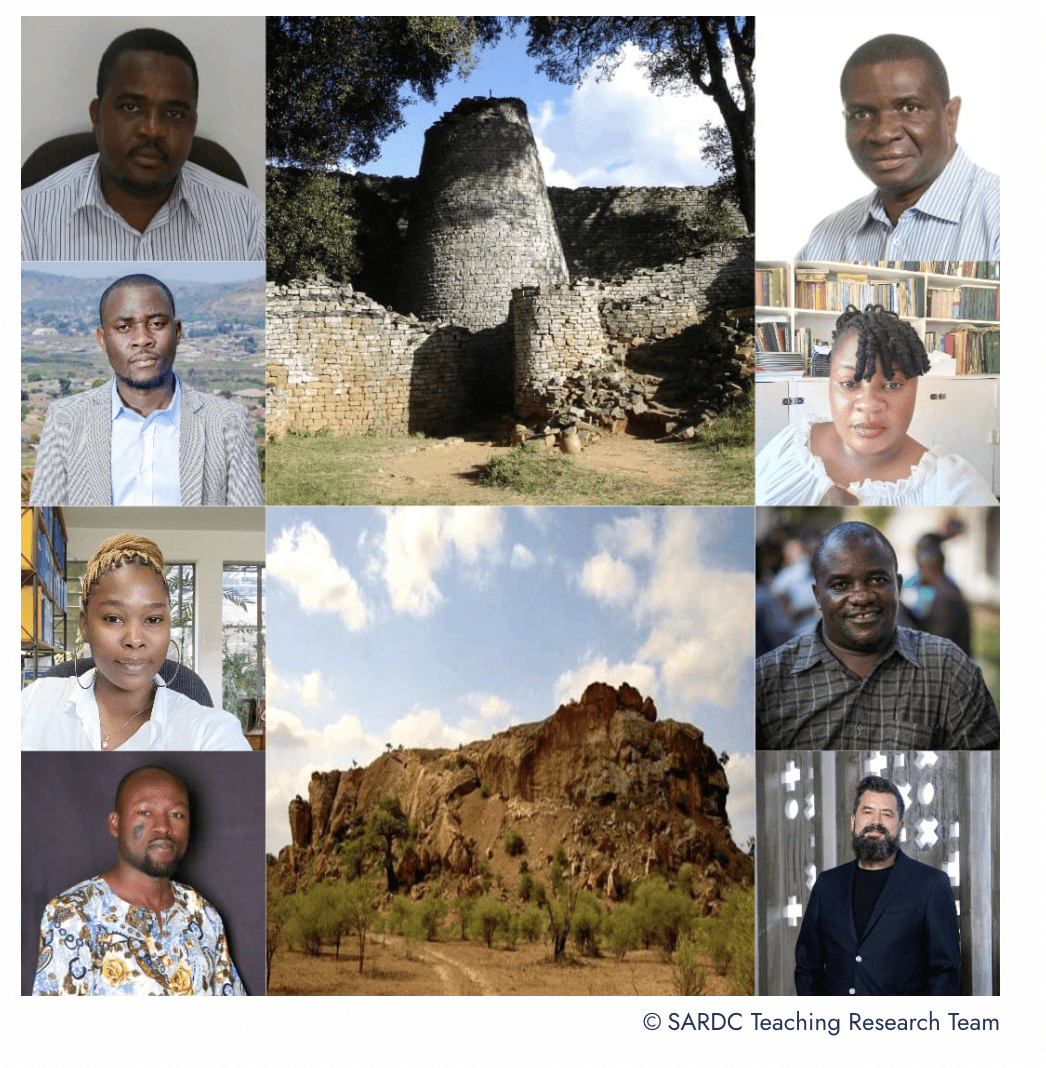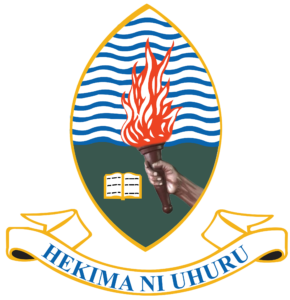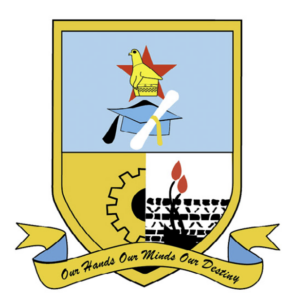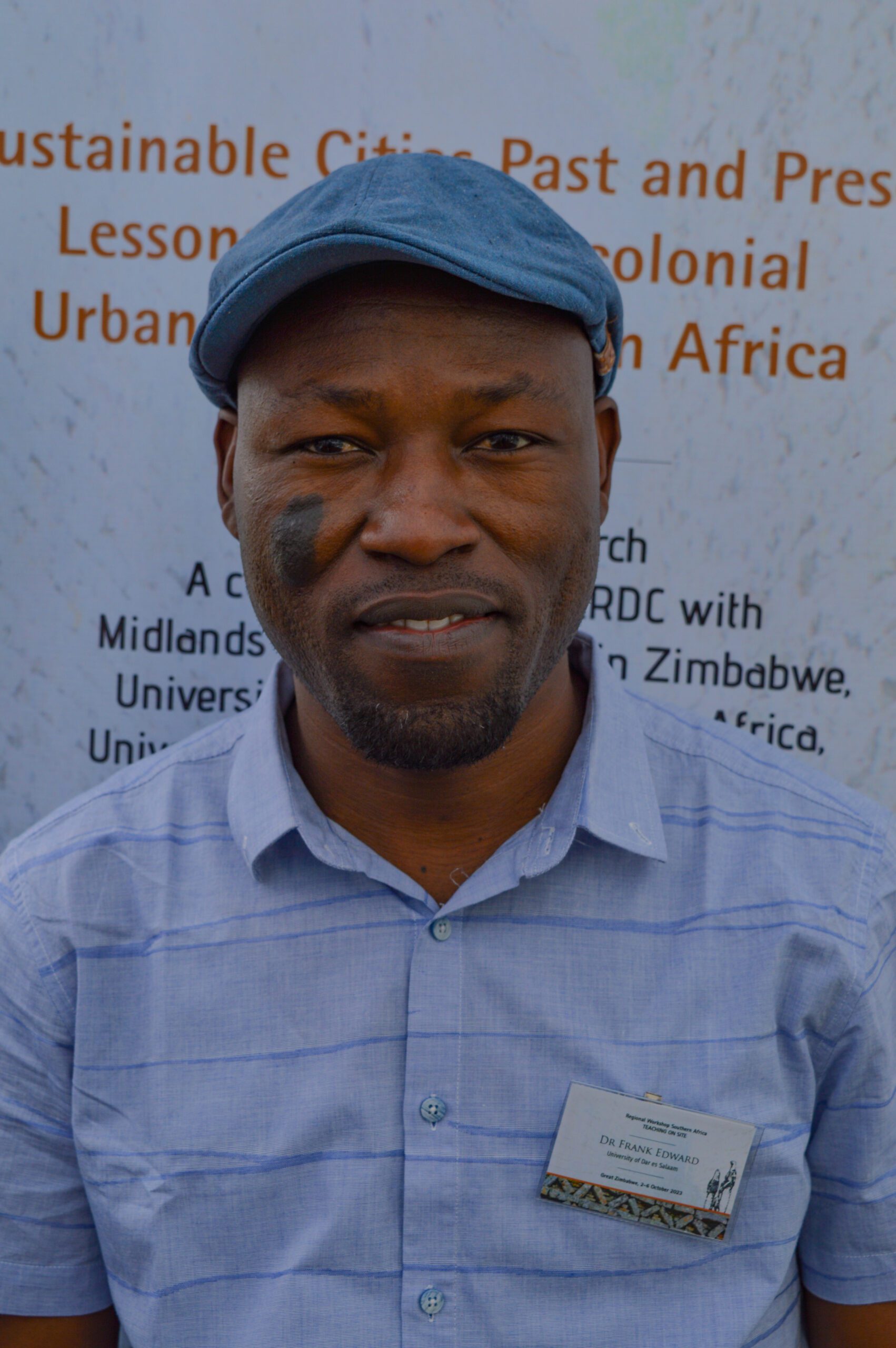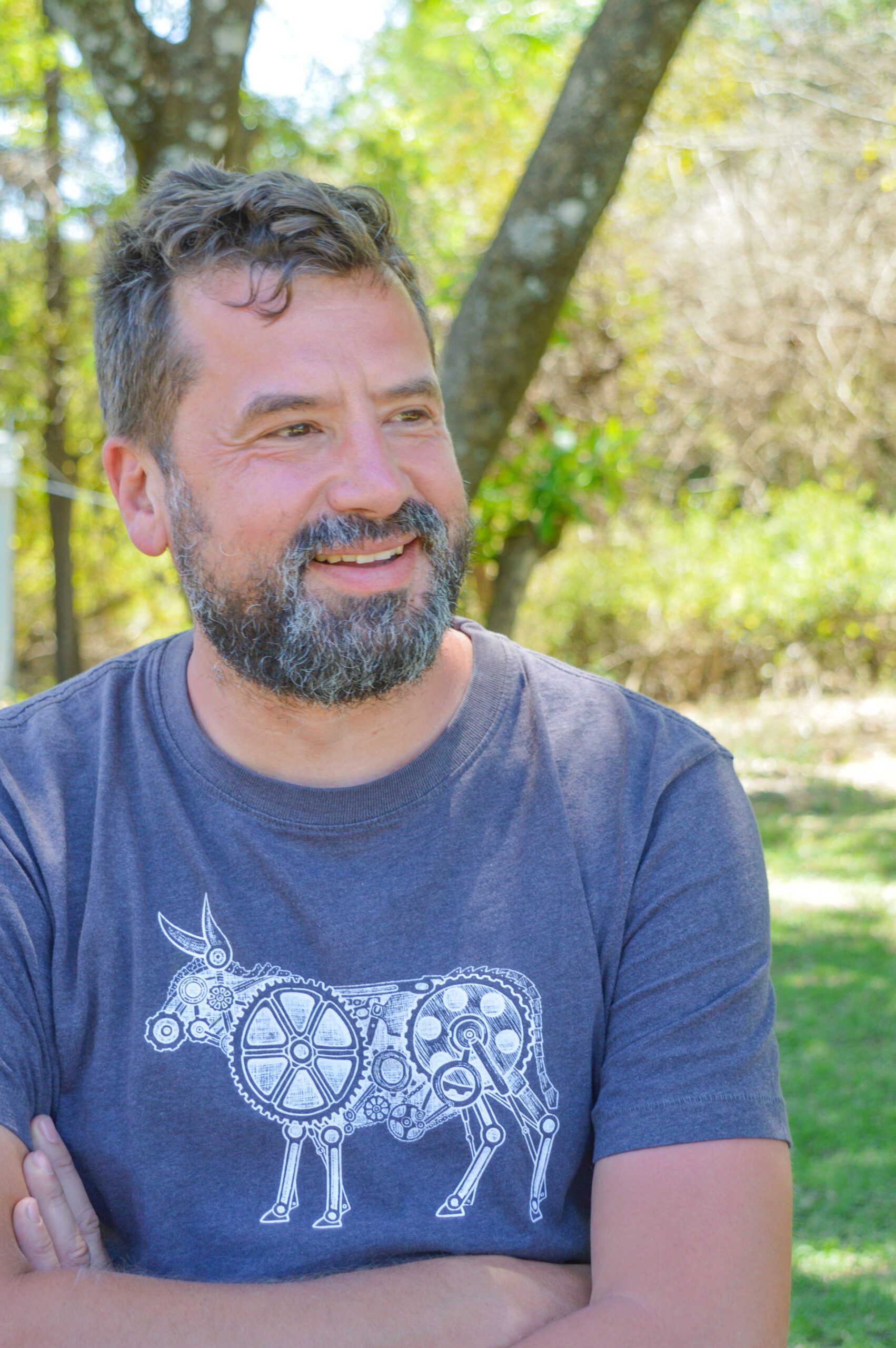SARDC Teaching Research course ARC 420 was added to the teaching curriculums at two universities
Over the last two years, 2022-2023, the SARDC team have successfully developed a teaching research course that has been added to the teaching curriculum of two universities.
Midlands State University in Zimbabwe, in the last quarter of 2023, has added a course entitled Urbanisation and Development in pre-colonial Africa, a required course for all fourth-year Bachelor of Arts students in the Honors Degree in Archaeology, Cultural Heritage and Museum Studies.
University of Dar es Salaam in Tanzania has added elements of the course to an existing elective undergraduate course in the Department of History titled Population and Urban History of Tanzania.
The teaching research course will also be added to the newly proposed Masters in the History Department entitled Urbanisation, Society and Environment.







